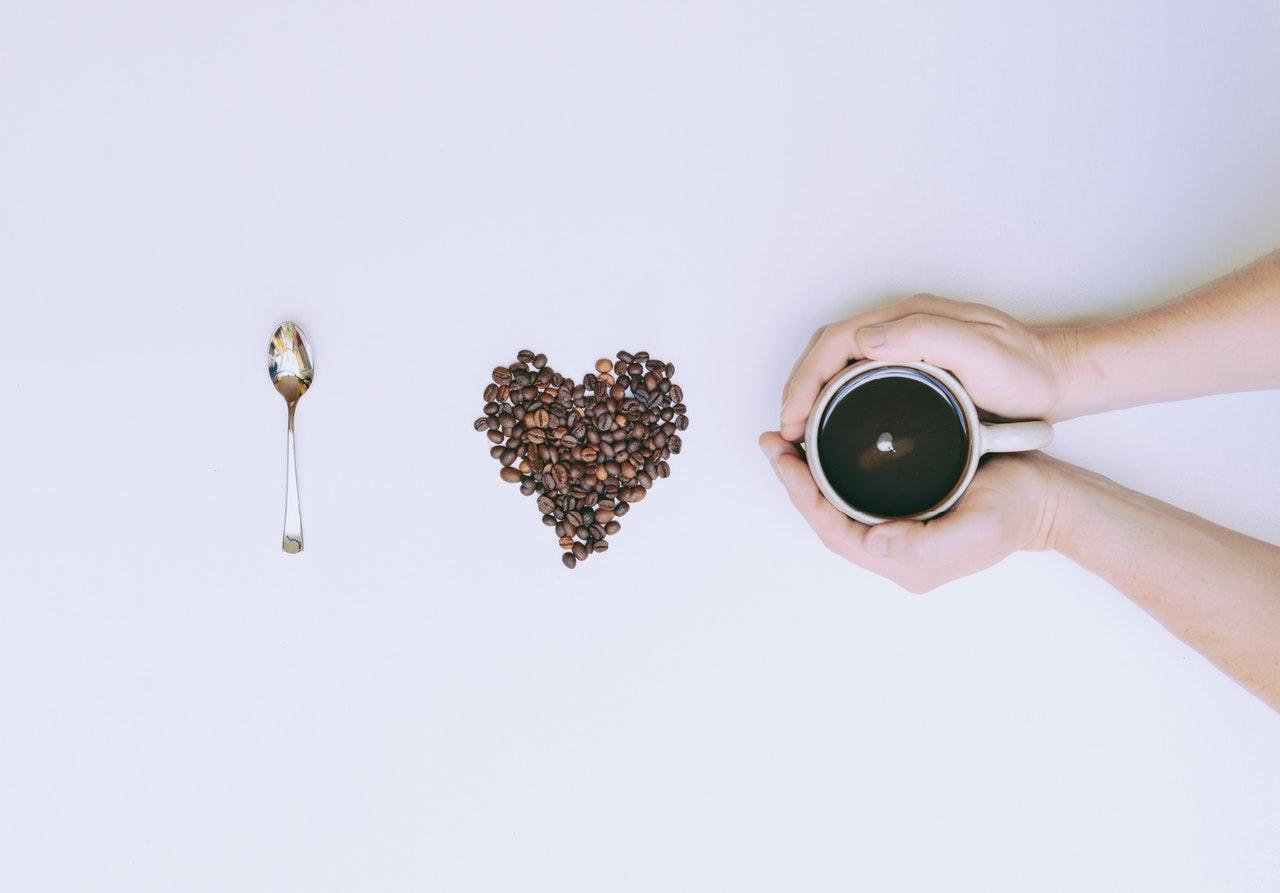Article: How to grind coffee beans at home?

How to grind coffee beans at home?
It is not possible to get the best flavor and aroma out of pre-ground coffee. The taste and smell of the coffee can be negatively affected by oxygen, moisture, and heat.
The fresher the ground coffee, the less likely it is to have been affected by all these elements. The result is superior flavor and aroma.
How to grind coffee at home:
There are two ways to grind coffee beans at home: a manual grinder or an electric one.
A manual grinder will require more effort, but it will also give you more control over the grind size. Electric grinders can be more convenient, but they can also be less precise.
When grinding coffee beans at home, it's essential to use the right grind size. If the grind is too fine, the coffee will be over-extracted and taste bitter. If the grind is too coarse, the coffee will be under-extracted and taste weak.
Blade Grinder vs. Burr Grinder:
Blade grinders and burr grinders are two types of coffee grinders. Blade grinders are less expensive than burr grinders, but they're also less precise. Electric grinders can be more convenient than manual grinders, but they can also be less precise.
Burr grinders are usually more expensive than blade grinders, producing a more uniform grind. They are less likely to overheat the beans, preserving flavor and aroma. And they can be adjusted to produce a range of grind sizes, from coarse to fine.
Blade grinders chop the beans, which can result in uneven grinds. They can also overheat the beans, losing flavor and aroma.
To grind coffee beans at home using a burr grinder:
- Set the grinder to the desired grind size.
- Place the coffee beans in the hopper and secure the lid.
- Turn on the grinder and hold down the lid until all the beans have been ground.
- Stop the grinder and remove the lid.
- Pour the ground coffee into a storage container.
How to grind beans without a grinder?
If you don't have a grinder, you can use a blender or food processor to grind the beans.
Remember that grinding coffee beans without a grinder will not produce a uniform grind. The coffee may taste slightly different as a result.
Place the beans in the blender or food processor. Pulse until they're ground to the desired consistency. Pour the ground coffee into a storage container.
Six things to remember when buying a coffee grinder:
1. Burr grinders produce a more uniform grind than blade grinders.
2. Blade grinders are less expensive than burr grinders, but they're also less precise.
3. Electric grinders can be more convenient than manual grinders, but they can also be less precise.
4. The fresher the ground coffee, the better the flavor and aroma.
5. The right grind size is important for producing the best flavor and aroma.
6. If you don't have a grinder, you can use a blender or food processor to grind the beans.
How long to grind?
It depends on the type of coffee or brewing method. You'll want to grind the beans for about 30 seconds for drip coffee. For espresso, you'll want to grind the beans only for 10-15 seconds.
Store ground coffee in a cool, dark place, sealed with an airtight container. Ground coffee is best used within two weeks of grinding.
Grind consistency:
Being familiar with the different types of grinds is crucial. When making coffee, you want to be able to create a uniform grind. This is important because it helps extract the coffee evenly, resulting in better flavor and aroma.
The four most common grind types are:
1. Coarse Grind: This grind is typically used for French press coffee. The grind should be uniform, and the grind size should be similar to kosher salt.
2. Medium Grind: This type of grind is typically used for drip coffee. The grind size is similar to table salt.
3. Fine Grind: This is used for espresso. The grind should be uniform, and the grind size should be similar to sugar.
4. Extra Fine Grind: Extra fine is used for Turkish coffee. The grind size should be similar to powder.
Measuring the beans:
When grinding coffee beans, it's important to use the right amount. The general rule is to use two tablespoons of ground coffee per 6 ounces of water. This can be adjusted to your taste.
If you're using a coffee maker, check the manufacturer's instructions to see how much coffee to use.
When purchasing beans, always look for the roast date—the fresher the beans, the better the flavor and aroma.
It's important to clean your coffee grinder regularly. Coffee grinders can harbor bacteria and other unwanted particles. Simply remove the grinding chamber and wash it with soap and water to clean your grinder.
Summary:
Grinding coffee beans at home is a simple process. All you need is a coffee grinder and the desired amount of beans. The grind size and grind consistency are important factors when grinding coffee beans.



Leave a comment
This site is protected by hCaptcha and the hCaptcha Privacy Policy and Terms of Service apply.